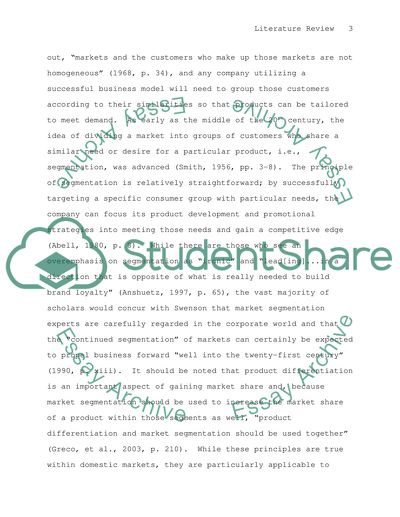Cite this document
(Market Segmentation and Muslim Loyalty Book Report/Review, n.d.)
Market Segmentation and Muslim Loyalty Book Report/Review. Retrieved from https://studentshare.org/marketing/1706372-segmentation-in-food-retail-tesco-and-muslim-loyalty
Market Segmentation and Muslim Loyalty Book Report/Review. Retrieved from https://studentshare.org/marketing/1706372-segmentation-in-food-retail-tesco-and-muslim-loyalty
(Market Segmentation and Muslim Loyalty Book Report/Review)
Market Segmentation and Muslim Loyalty Book Report/Review. https://studentshare.org/marketing/1706372-segmentation-in-food-retail-tesco-and-muslim-loyalty.
Market Segmentation and Muslim Loyalty Book Report/Review. https://studentshare.org/marketing/1706372-segmentation-in-food-retail-tesco-and-muslim-loyalty.
“Market Segmentation and Muslim Loyalty Book Report/Review”, n.d. https://studentshare.org/marketing/1706372-segmentation-in-food-retail-tesco-and-muslim-loyalty.


